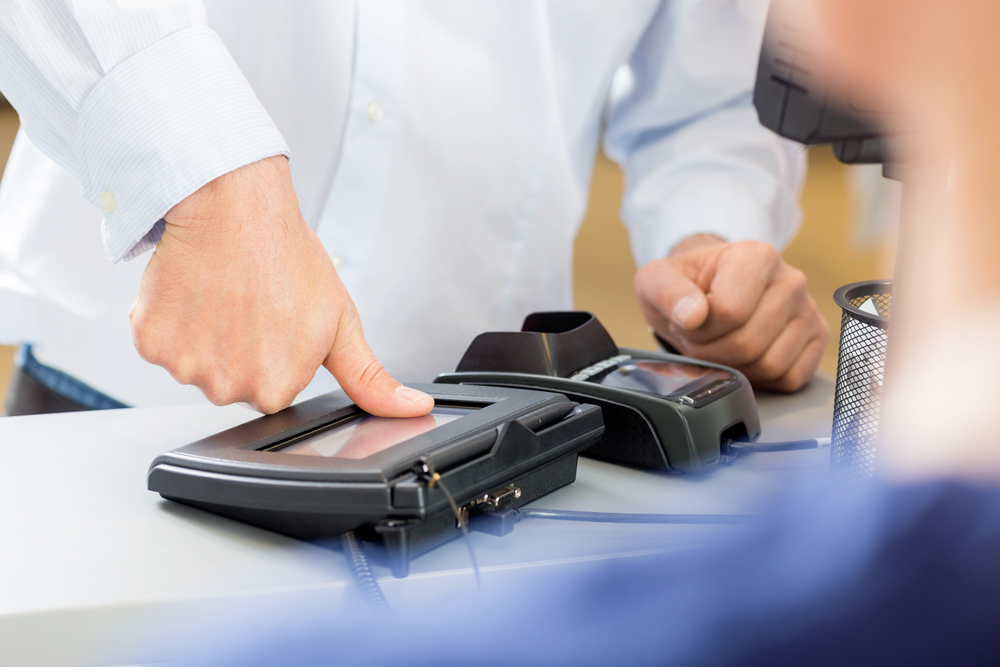

Researchers at Columbia University have challenged the notion that all fingerprints are unique following unexpected results form an artificial intelligence (AI) analysis.
The researchers found that an AI-based system known as a deep contrastive network was able to identify with high probability prints that came from different fingers of the same person’s hand, known as intra-person fingerprints.
The research challenged an accepted fact in forensic science that such fingerprints are unique, and therefore unmatchable, the researchers said.
Using a public US government database of about 60,000 fingerprints, the researchers found that the more prints were fed into the system the more accurate it became at identifying prints that came from the same person, rising from 77 percent to 90 percent.
The research was initially rejected by a well-established forensics journal and then a second time by the journal Science Advances, but Prof Hod Lipson, a robiticist at Columbia who supervised the study, challenged the second rejection and the paper was finally published on Friday.
“I don’t normally argue editorial decisions, but this finding was too important to ignore,” Lipson told Columbia’s in-house engineering magazine.
The research is unorthodox in that those involved are engineers with no background in forensics.
In addition, the researchers are still not completely certain how the AI was able to find the matches.
“We don’t know for sure how the AI does it,” Lipson told the BBC.
Based on visualisations of the AI system’s decision process, the research team determined that the AI was using a different type of marker from those typically used in forensic science, the “minutiae”, which refers to the branchings and endpoints in fingerprint ridges.
“It was using something else, related to the angles and curvatures of the swirls and loops in the center of the fingerprint,” said undergraduate Gabe Guo, who led Columbia’s research team.
In theory the system could help forensic analysts determine whether fingerprints found at multiple crime scenes may come from different fingers of the same person.
While the system’s accuracy is not sufficient to officially decide a case, the team believes the technique could help priorities forensic leads in ambiguous situation.
“If this information tips the balance, then I imagine that cold cases could be revived, and even that innocent people could be acquitted,” Lipson told Columbia Engineering.
The system would need training on far more data and requires more careful validation before it could be used in practice.
But Lipson said it was significant that AI had been used to “successfully challenge a widely held belief of an entire field”.
“We are about to experience an explosion of AI-led scientific discovery by non-experts,” he predicted.
American space agency prepares for testing of Boeing's Starliner, to ensure it has two space…
As UK and Europe develop closer military ties, European Commission says it will invest €1.3…
Zuckerberg seeks to revive Facebook's original spirit, as Meta launches Facebook Friends tab, so users…
Notable development for Meta, after appeal against 2021 WhatsApp privacy fine is backed by advisor…
First sign of shake-up under new CEO Lip-Bu Tan? Three Intel board members confirm they…
Trump's nominee for SEC Chairman, Paul Atkins, has pledged a “rational, coherent, and principled approach”…